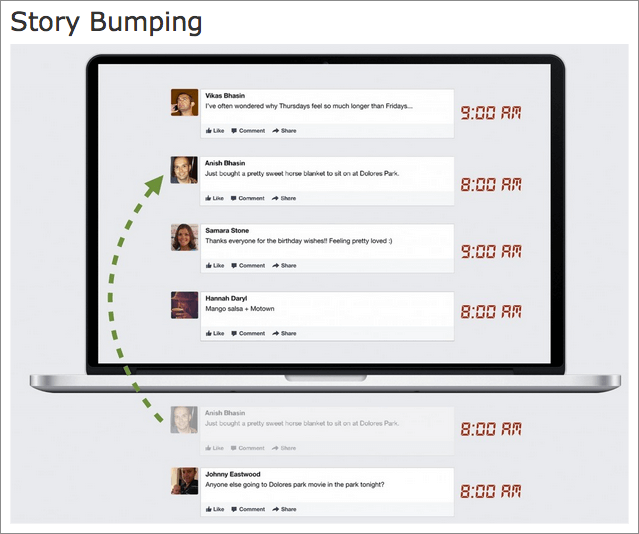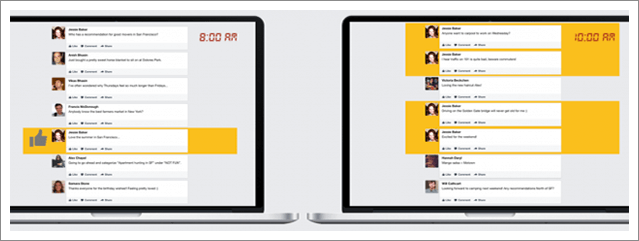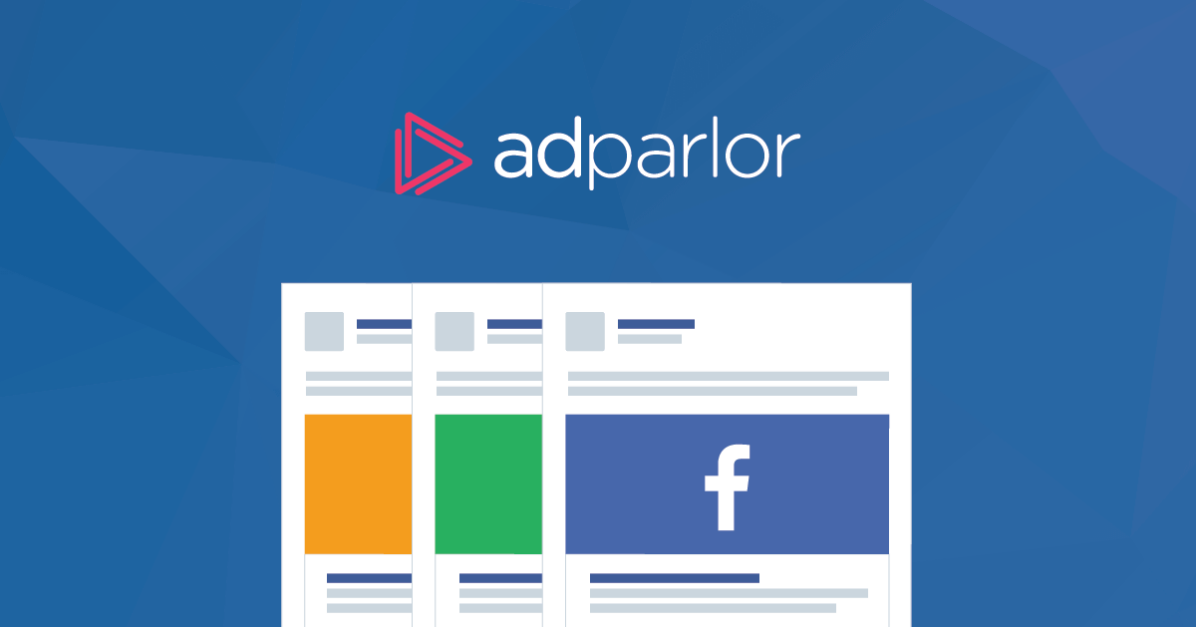Can you picture a world where Facebook’s News Feed does not exist? Pretty difficult, right – as this single placement has had a distinctive impact on performance and engagement for marketers across verticals, markets and devices. By first ranking content based on a user’s activities (Likes, posts) and interests based on app downloads and interactions with Pages, Facebook’s News Feed “optimizes” the content delivered to the user to enhance the individual experience. This is evident in a number of ways, and the data clearly speaks for itself. AdParlor recently analyzed approximately more than one billion impressions; globally, News Feed posted an average CTR that was 8x higher than RHS placements. Mexico posted the highest News Feed CTR, at 1.78% in comparison to the .03% RHS that France posted in the same time period.* (* Based on internal AdParlor data.)

So Why Mess with a Good Thing?
When Facebook announced changes to the News Feed this week, marketers everywhere held their breath anticipating major modifications to the algorithm, having officially retired EdgeRank. However, the changes appear to be modest. According to data from Facebook, on any given day, there are an average of 1,500 potential “stories” within a person’s news feed – clearly an abundance of content that needs to be prioritized. Facebook is addressing this through two new features: Story Bumping and Last Actor.

Timing is Everything.
Story Bumping has created quite a buzz in the industry, jumping to the top of social media conversations and trends. This feature gives stories a user hasn’t yet seen a “bump” versus being exposed to them at the time of posting, regardless of the subject relevance to the user. With the addition of this new feature, timing is not as great a factor and users will still have the opportunity to engage with a story, regardless of the time it was originally posted.
For example, a friend from college posted a comment regarding a Page you are already affiliated with. However, the post didn’t show up when you were looking at your News Feed because it was below the fold or too many others had posted prior to logging in. With the addition of the Story Bump feature, that post is now eligible to be “lifted” to the top of your personal News Feed, giving it a second chance to make that great first impression. This is a valuable addition for Facebook as it strives to find the optimal mix of content and engagement.
Based on statistics from the 7,000 daily active users involved with testing the Story Bump feature in July, the average number of stories seen from friends rose 5%, Pages saw an 8% jump, and overall stories read rose 13% to 70%. Eighty percent of Facebook’s employees also tested the Story Bump feature with only a solitary complaint. Currently available to 99% of users on desktop only, the social community will be watching closely when this is released for mobile devices and applied to paid placements.
Last Action Hero?
The second adjustment put in place this week, dubbed “Last Actor”, analyzes the last 50 interactions a user has performed, such as writing on a friend’s Timeline and liking a Page post. The News Feed ranking system takes this data into account, so users you’ve engaged with most recently will be given more weight and a higher priority.
For instance, sharing posts from a favorite business or place, or commenting on others’ status updates will compel a higher ranking in the News Feed. Pages, in particular, place major importance on the number and timing of interactions; the more active a discussion is, the better the likelihood of it being included or designated as a Last Actor action.
The Road to Enhancement
Many companies struggle with innovation – it can be a rough road often filled with detours, speed bumps and dead ends. As Facebook continues to evolve as a platform, we should anticipate more changes as the company works to align its objectives with marketers’ interests.
Most important, Facebook’s biggest objective is to enhance the overall user experience. Surfacing more relevant stories in the News Feed means higher engagement and more time spent on the site.
